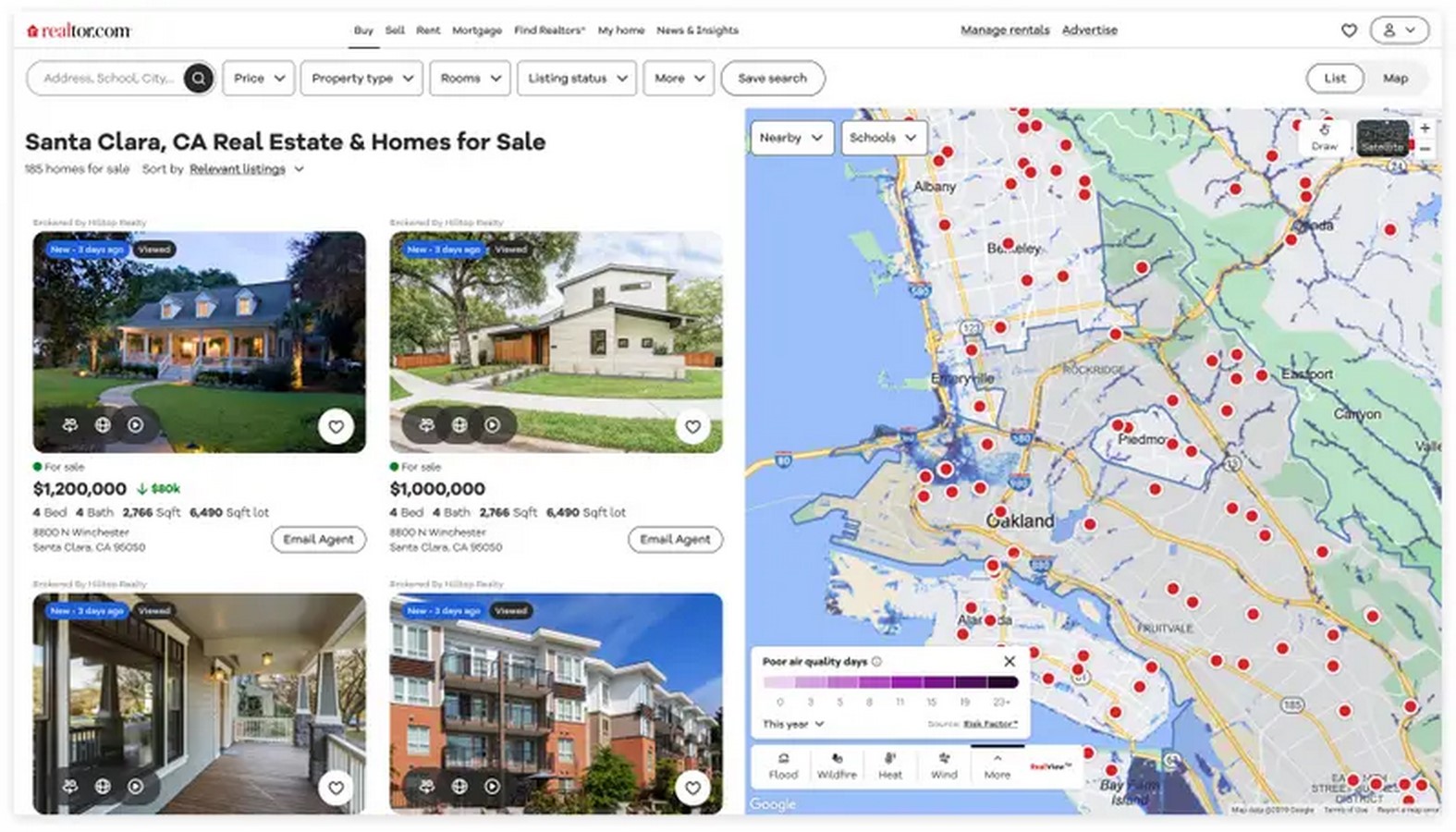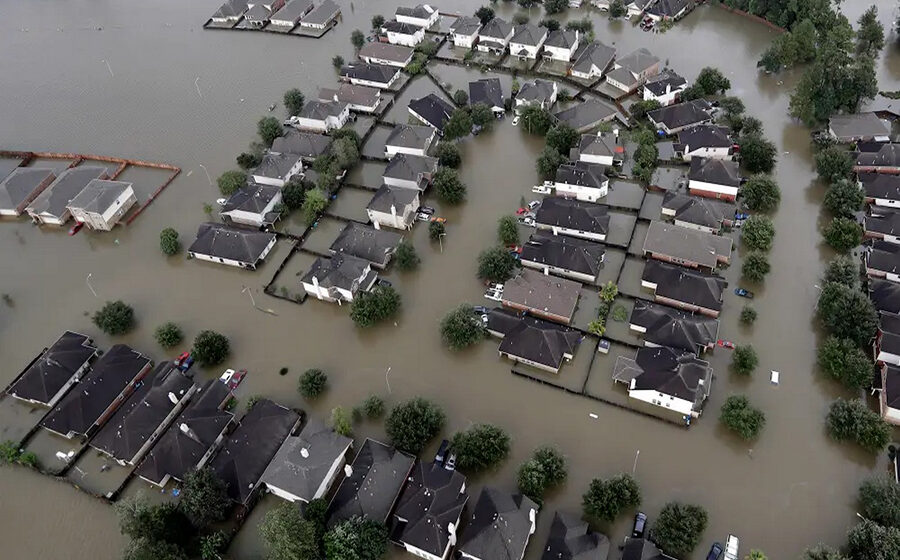Introduction to Climate Risk Tools
Every homeowner faces a unique set of challenges posed by the climate crisis. To help homeowners and homebuyers understand these risks, Realtor.com has introduced a suite of climate risk tools: Heat Factor, Wind Factor, and Air Factor. These tools aim to provide insights into a property’s susceptibility to extreme heat, high winds, and poor air quality. Available starting Wednesday, these tools also offer projections for the next 30 years, shedding light on the evolving climate risks faced by communities across the United States.
Scope of Climate Risk
According to a Realtor.com analysis, more than 40% of US homes, collectively valued at $20 trillion, are vulnerable to extreme heat, wind, and poor air quality. This vulnerability varies across regions, with homeowners in disaster-prone areas such as Florida, California, and Texas facing heightened risks. For instance, Miami homeowners hold the highest value of homes at risk for severe or extreme heat, while San Francisco homeowners face significant risks related to poor air quality.
Impact on Insurance Industry
The intensification of climate-fueled disasters is unsettling the insurance industry. Traditional models used to predict weather-related risks are proving inadequate in the face of evolving climate patterns. Consequently, some insurance companies have withdrawn from high-risk regions like California and Florida, leaving homeowners struggling to find affordable coverage. The escalating costs of insurance premiums are disrupting real estate markets, with some homeowners unable to secure coverage for their properties.

Leveraging Climate Risk Data
Realtor.com’s climate risk tools build upon data from First Street, a climate-risk firm, which provides insights into flood and fire risks. The inclusion of air quality data, covering pollutants like particulate matter and ozone, offers homeowners a comprehensive understanding of environmental hazards. However, despite the availability of climate risk data, affordability often takes precedence over environmental considerations in homebuying decisions.
Balancing Affordability and Risk
While climate risks influence homebuying decisions, affordability remains a primary concern for buyers. Surveys indicate that a significant portion of millennials and Gen Z homebuyers are willing to move to areas with climate risks. However, factors such as space, proximity to family, and affordability often outweigh environmental concerns. As a result, many individuals are relocating to Sun Belt states, despite the heightened risks of extreme weather events.
Conclusion: Heightened Awareness and Decision-Making
As climate risks continue to impact communities nationwide, heightened awareness and proactive decision-making are essential for homeowners and homebuyers. Realtor.com’s climate risk tools empower individuals to make informed decisions about their properties, considering both environmental hazards and affordability. By understanding the evolving climate landscape, homeowners can better prepare for the challenges posed by the climate crisis and safeguard their investments for the future.



